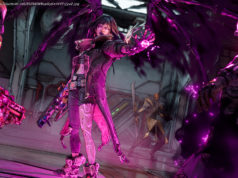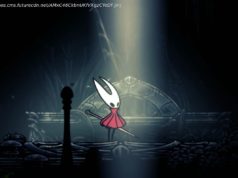Every character who has ever been in a Smash Bros. game will be in the latest Smash Bros. game, called Super Smash Bros. Ultimate. The name kind of gives the entire thing away, doesn’t it?
Every character who has ever been in a Smash Bros. game will be in the latest Smash Bros. game, called Super Smash Bros. Ultimate. The name kind of gives the entire thing away, doesn’t it? This doesn’t mean that there won’t be characters who are new to the series showing up, however. It just means that no previously seen character will be left out.
There will be 103 stages in the game, and they are arranged in the order in which they were introduced to the series. You can listen to Super Smash Bros. Ultimate’s music whenever you’d like, just in case you want to enjoy more than 900 songs from the franchise’s soundtrack. Your Switch can now be the Nintendo-themed iPod you’ve always wanted.
It feels like a victory lap; the ultimate (heh) compendium of Super Smash Bros. content. So where does the series go from here? What could possibly be left?
It will never be possible to know the collective mind of Nintendo, a company that defied every “what to expect post” written about a recent presentation by releasing boxes of foldable cardboard. But the exhaustive nature of Super Smash Bros. Ultimate does make it seem as if a chapter in the life of a series may be drawing to a close. We’re just enjoying the last party.
Even if Nintendo wanted to add more stuff to game — and Nintendo likely will do exactly that over the course of Ultimate’s life — we may be getting to the point where more characters or levels would be overwhelming. It’s possible to have too much of a good thing, as any scotch drinker will tell you.
But this strategy of offering breadth as well as depth is about the present as much as it’s about the past and future. Super Smash Bros. Ultimate has so many characters, stages and options that it’s a no-brainer if you’re even a tiny bit interested in the series, which is a huge contrast with other well-known fighting games that can feel like an excuse to lock players into an abusive economy. Nintendo doesn’t want to sell a lot of its games, it wants to sell a copy to everyone with the latest hardware. Killing your players with value is a pretty effective way to make that happen.
Nintendo isn’t holding anything back because it doesn’t have to; this have never been a company that seems scared of running out of ideas. It’s getting ahead by not saving anything for the swim back.
Which makes the future even more interesting. If Smash can’t move ahead by offering more content or bringing back classic characters, it’s going to have to do something different. There could be a shift in the visual language of the series, or the fighting system itself could go through some kind of dramatic change. Classic characters could be rethought, or new control schemes could be attempted. But Nintendo seems to be burning down the idea of sequels that can justify themselves by bloat alone. That trick has been done, and it comes out at the end of this year.
Nintendo has time to figure out what’s going to happen next; Ultimate will have a few years in the pop culture spotlight even if it’s not ultimately embraced by the ultra-competitive fighting game community, and that success will drive adoption of the Switch itself. We likely won’t see another Smash Bros. game for four or five years, and the overwhelming amount of content in Ultimate means that it’s going to be hard for the series to look back. Which means the future can be anything Nintendo wants to make of it.






